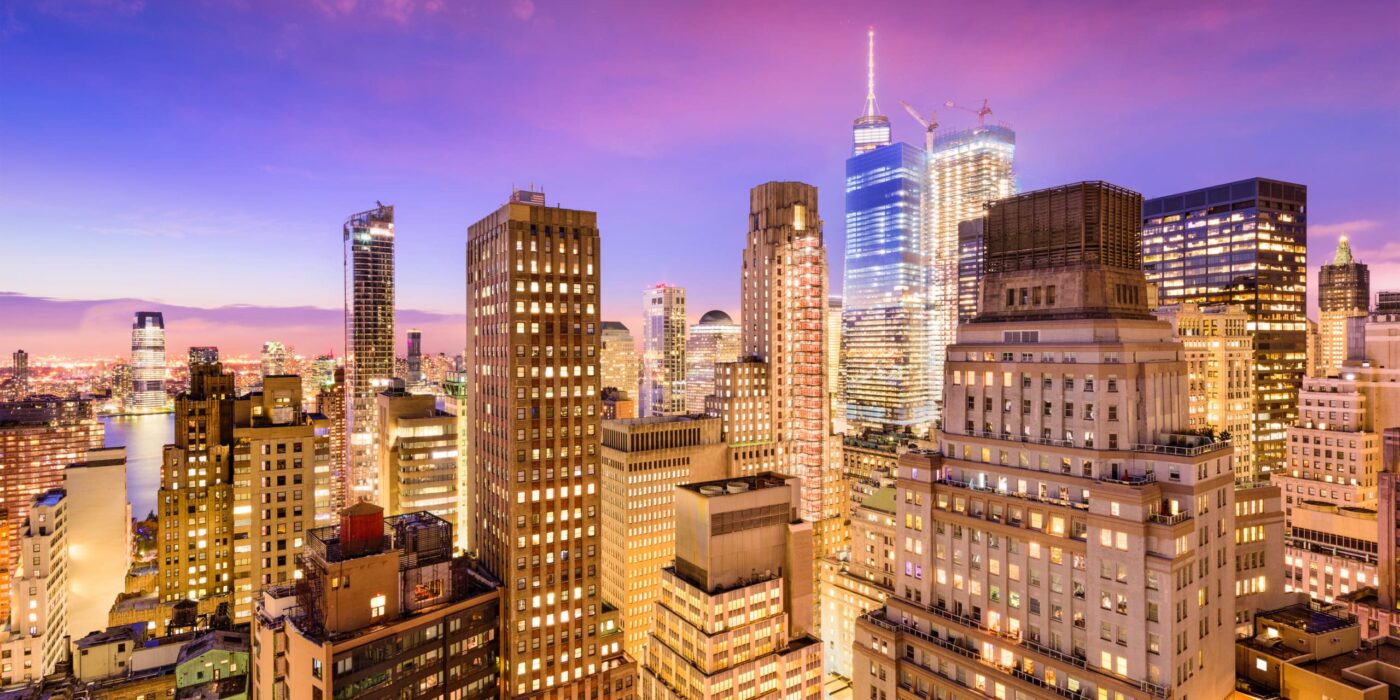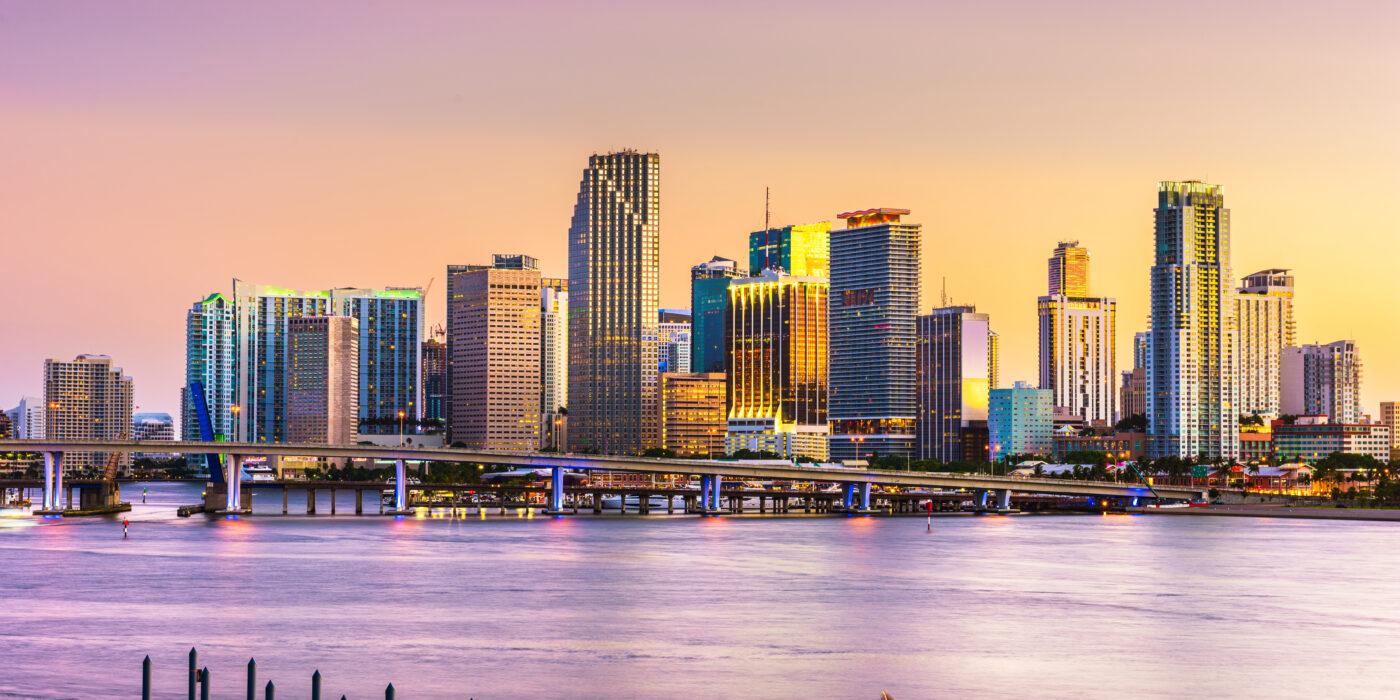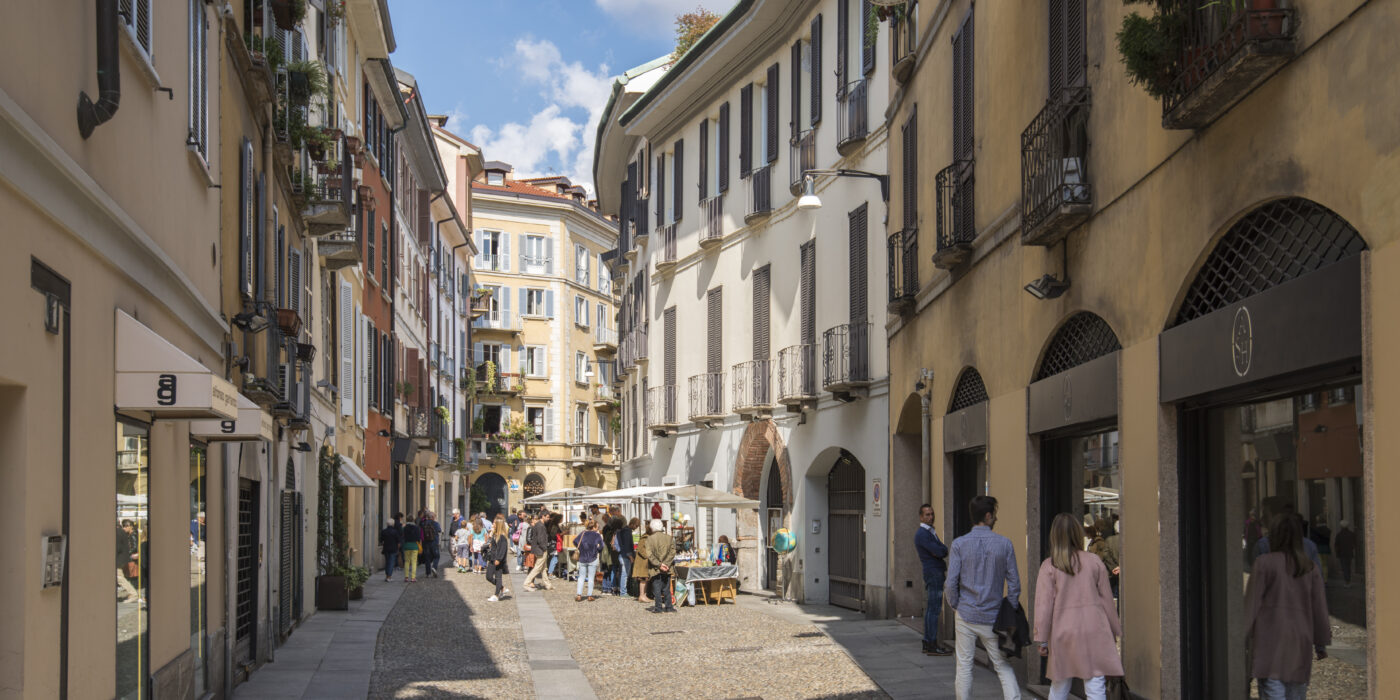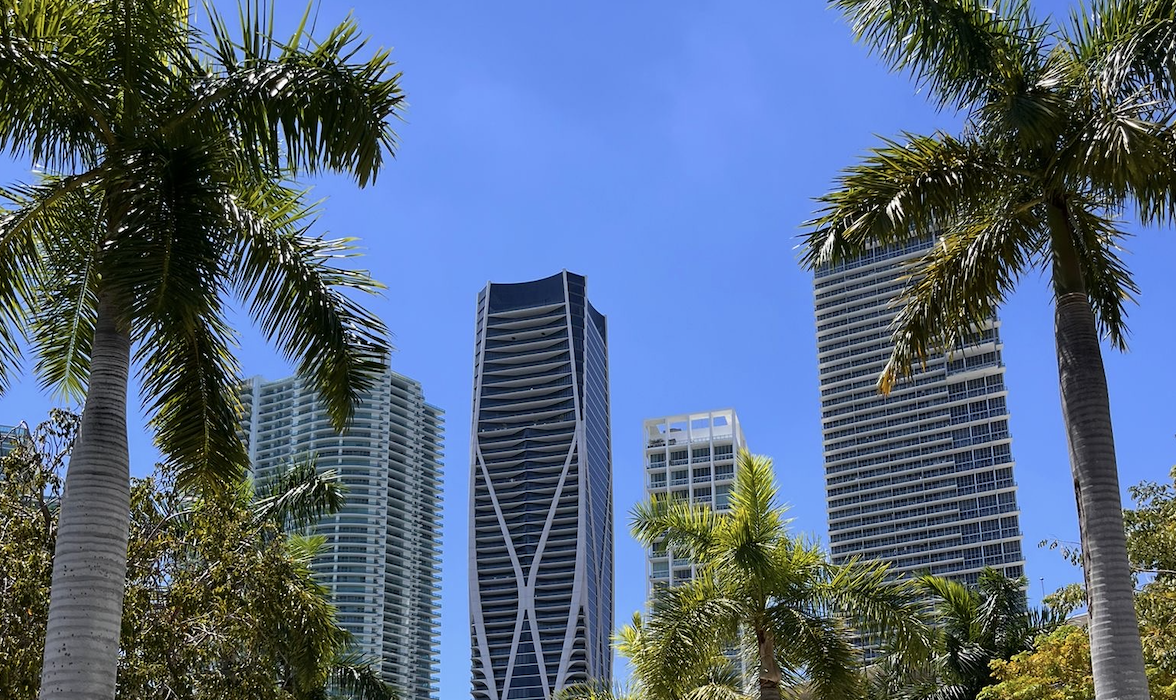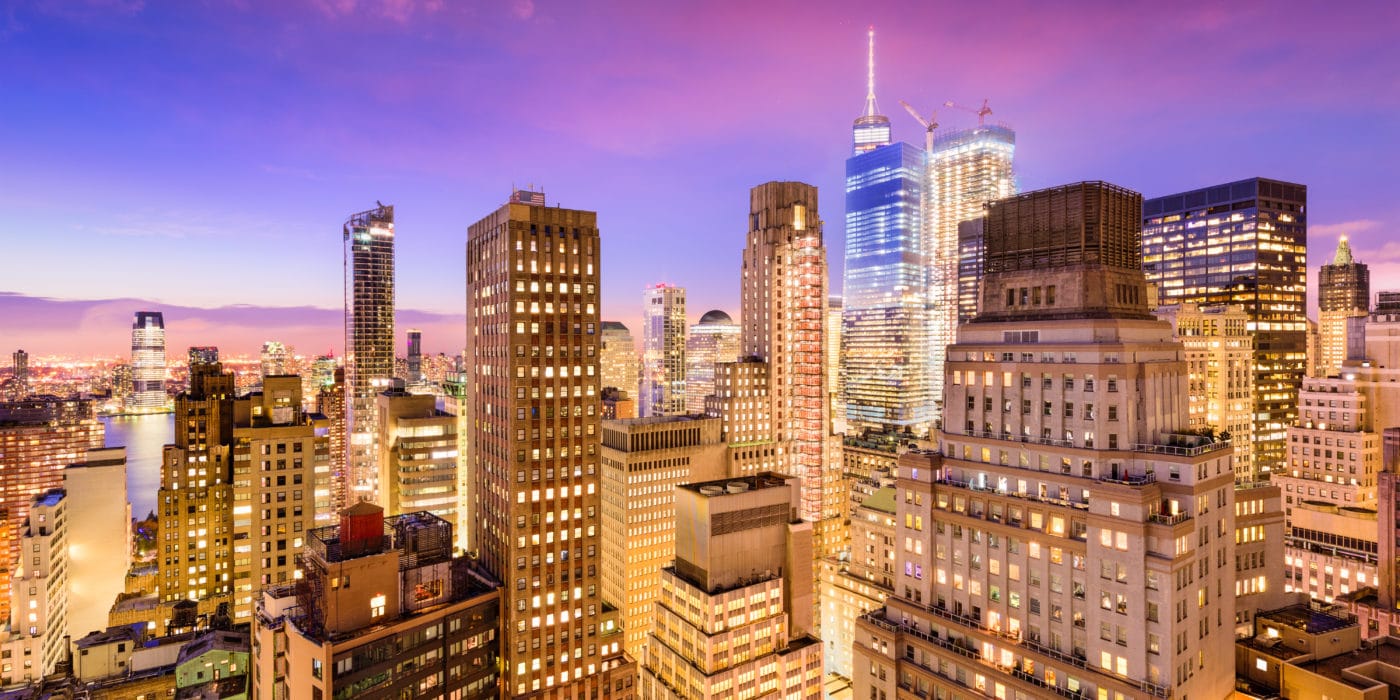Milan Emerges as Europe’s Third Wealthiest Metropolis, Attracting Global High-Net-Worth Individuals
Milan has solidified its position as a magnet for global wealth, climbing to eleventh place on Henley & Partners’ ranking of the world’s top 50 cities attracting ultra-high-net-worth individuals. With 115,000 millionaires and 17 billionaires now calling the city home, Milan stands as Europe’s third wealthiest city, trailing only London and Paris in its concentration of extraordinary wealth.
A Decade of Wealth Accumulation
The Lombardy capital has experienced remarkable growth in its millionaire population, with a 24% increase over the past decade from 2014 to 2024. This positions the city globally between Sydney and Chicago, and ahead of Beijing in Henley & Partners’ prestigious wealth rankings.
This wealth migration phenomenon reflects Milan’s multifaceted appeal to the global elite. The Italian government’s flat tax program for high-income new residents has created a favorable tax environment that has clearly resonated with international wealth holders. However, Milan’s success extends well beyond tax policy.
Economic Renaissance and Business Magnetism
Milan’s traditional strengths in fashion, luxury goods, and design continue to serve as powerful wealth generators and attractors. These heritage industries have been complemented by a broader business renaissance that has seen the city welcome 49 new foreign multinational corporations in 2023 alone.
The commercial real estate sector provides further evidence of Milan’s growing international prominence, with €600 million in commercial real estate investments recorded. This performance places Milan in the same league as established global business hubs like Barcelona and San Francisco, which attracted €600 million and €900 million respectively.
Residential Real Estate Boom
The residential property market has reflected this influx of wealth, with particularly strong performance in new housing developments. In 2024, new residential properties accounted for over 22% of all real estate transactions in Milan, significantly outpacing the Italian national average of 12.8%.
This premium sector performance demonstrates how wealth concentration directly influences the city’s physical development, with demand for high-quality residential options driving new construction and urban renewal.
Post-Pandemic Economic Resilience
Perhaps most impressive is Milan’s exceptional economic recovery following the global pandemic. According to research conducted by Assolombarda, Milan has achieved a remarkable 8.7% GDP growth from 2019 to 2023, outperforming other major global cities.
This recovery surpasses Amsterdam (+8.1%), Berlin (+6.9%), New York (+4.4%), Munich (+2.2%), Barcelona (+1.9%), and London (+0.1%). Notably, Paris remains 2.6% below its pre-pandemic economic output, highlighting Milan’s particular resilience.
Future Outlook
Milan’s emergence as a wealth hub appears to be more than a temporary trend, with structural economic strengths, quality of life benefits, and strategic policy decisions creating a sustainable foundation for continued prosperity.
As global wealth mobility increases in response to political and economic factors, Milan’s balanced offering of business opportunity, cultural richness, and lifestyle benefits positions the Lombardy capital to potentially climb even higher in global wealth rankings in the coming years.
The challenge for city leadership will be managing this wealth influx to ensure it benefits the broader metropolitan community while preserving the authentic character that makes Milan attractive in the first place.

